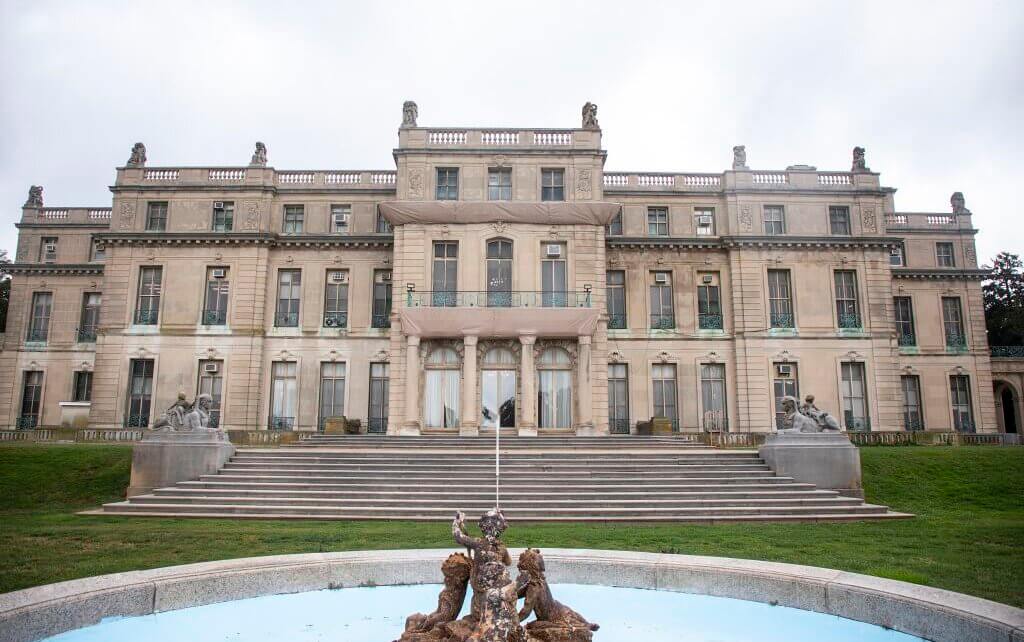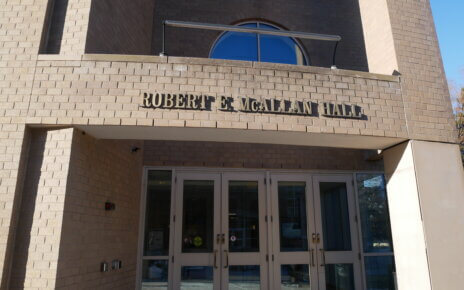From its humble beginnings as a junior college operating out of a high school basement to its growth as a top-ranked university, Monmouth has had 90 years of rich history.
In 1933, Monmouth opened as a junior college that operated out of Long Branch high school and only offered night classes. It was created as an affordable opportunity for higher education during the nation’s economic downfall at the time.
In 1947, the New Jersey Board of Education gave Monmouth full accreditation to award associate degrees to students. Just a few years later, in 1956, Monmouth Junior College became Monmouth College and was yet again accredited by the state, this time to offer four-year programs for bachelor’s degrees.
In 1995, Monmouth was granted university status by the New Jersey Commission on Higher Education and officially became Monmouth University.
“Monmouth University opened its doors as a junior college in the throes of the Great Depression to offer quality education to local students aspiring to earn a college degree,” explained Patrick Leahy, Ed.D., President of Monmouth University. “As Monmouth evolved over the ensuing 90 years—first into a four-year college, and soon into a nationally ranked university boasting doctoral programs, Division I athletics, and state-of-the-art facilities—our commitment to excellence and access has remained steadfast.”
“To see that evolution in a relatively short period of time should make everybody very proud. Ninety years is a long time,” said Mary Anne Nagy, Vice President for Student Life and Leadership Engagement. “Ten years from now when we’re celebrating the 100th, that will be pretty cool. It’s a testament to the people who are here now and the people who have been here, who built this institution.”
Nagy reflected on changes she’s seen since she joined Monmouth University in 1986, citing the addition of several residential and academic buildings: “This was a very different campus physically. When I first came to Monmouth, the only residence halls were Elmwood, Pinewood, and the suite style buildings.
Redwood, Oakwood, Maplewood, Mullaney, and Hesse were all added, along with the Great Lawn and Garden apartments. You didn’t have McAllan, you didn’t have Plangere, I can’t even tell you what the dining hall looked like. I’m not even sure we had a fitness center.”
She noted that much of Monmouth’s growth happened under former presidents Rebecca Stafford and Paul Gaffney, who oversaw the University from 1993 through 2013, and credited them for “positioning the institution so well.”
Leahy explained that the 90-year anniversary will be formally commemorated later this year at the Founder’s Day celebration in the fall.
In the meantime, the University is celebrating its 90th birthday through the 2023 Giving Days, an annual 48-hour campaign to raise support for Monmouth’s students and programs. Donors who give $33 or more, set in honor of Monmouth’s founding year, will receive limited edition socks.
“Every day, thousands of gifts are at work on our campus,” explained Lindsay Wood, Senior Director for Alumni Engagement and Annual Giving. “In 2022, Giving Days donors contributed nearly $200,000 to 75 different funds, representing scholarships, academic programs, Division I sports, and clubs and organizations close to their heart. Their support made an immediate impact on our students, providing additional resources that helped them soar.”
The 2023 Giving Days campaign will take place on Thursday, March 23 through Friday, March 24.
Although there are incentives for donating a specific amount, Wood noted that gifts of any size make a difference and help “provide access to an excellent Monmouth education.”
The institution is now nationally ranked, has 22 Division I athletics teams, and offers a wide array of undergraduate, graduate, certificate, and doctoral degree programs, coming a long way from its opening as a junior college.
“There’s been a lot of growth and development here, and that’s definitely something to be very proud of,” concluded Nagy.




